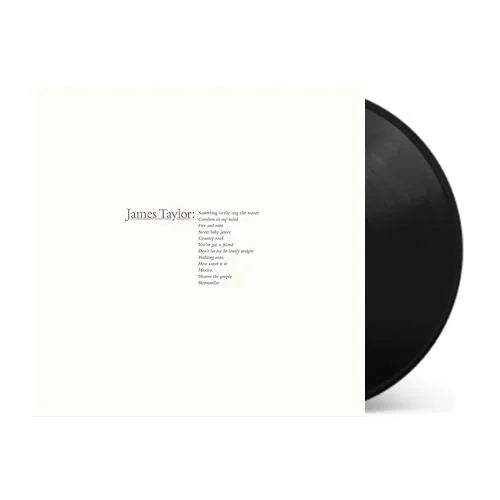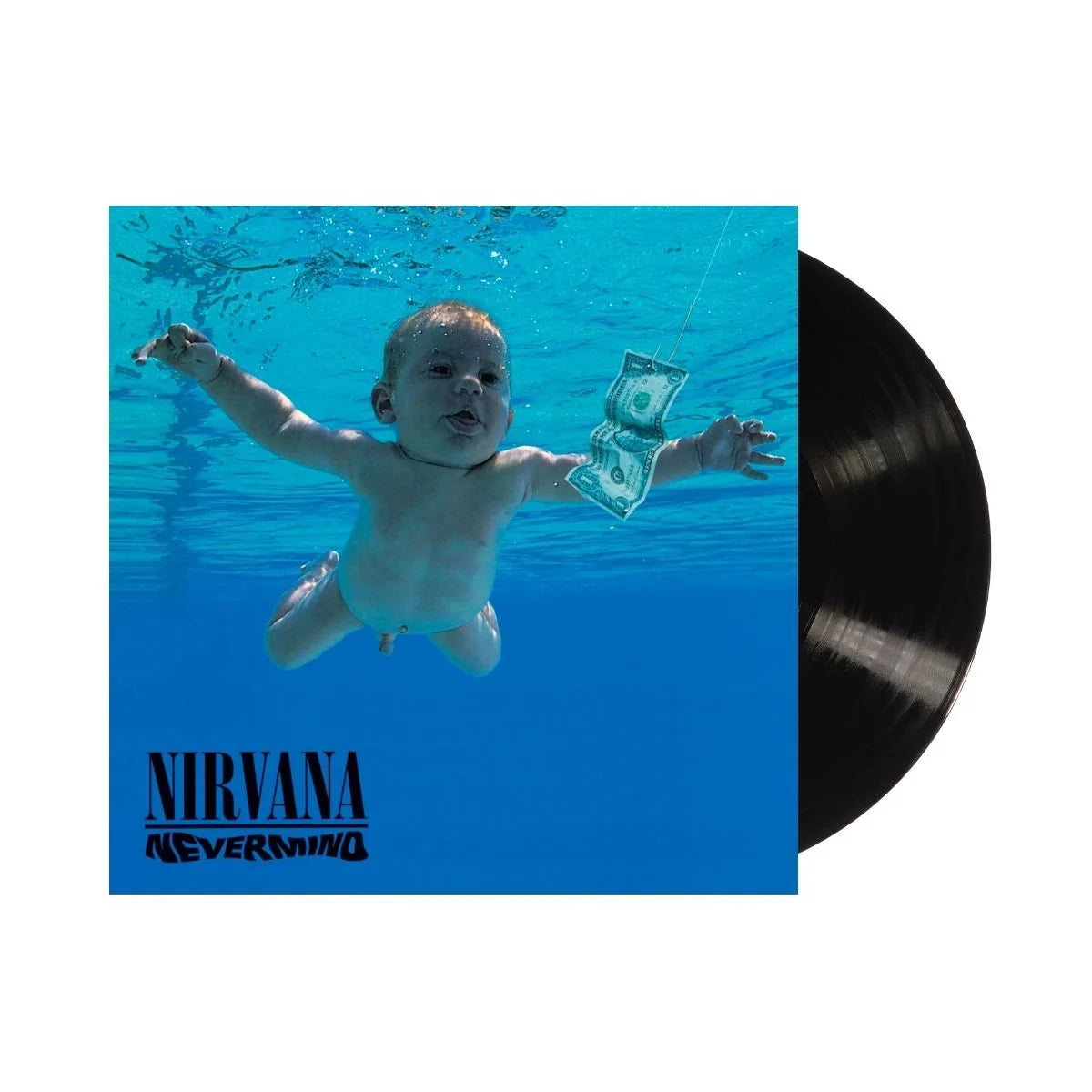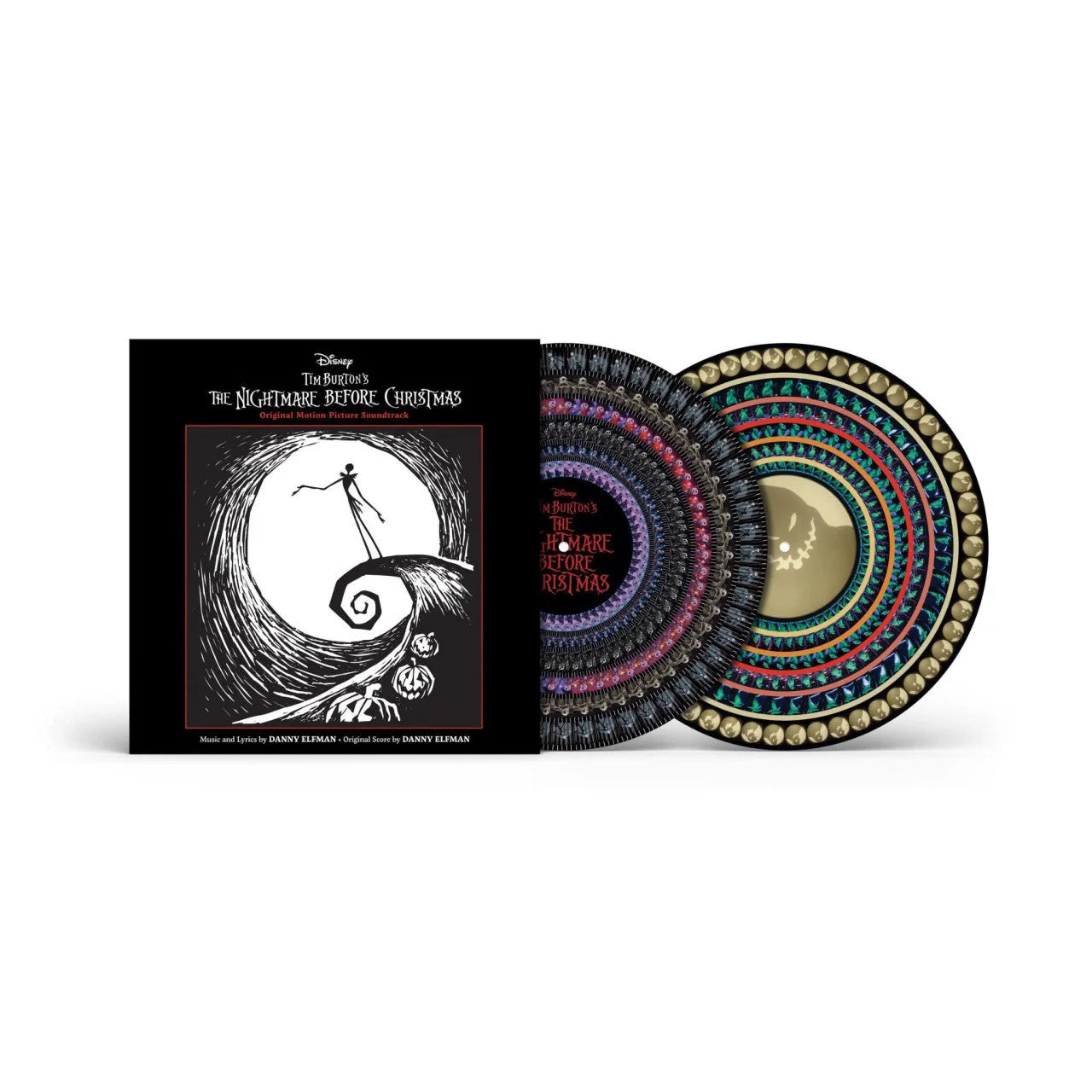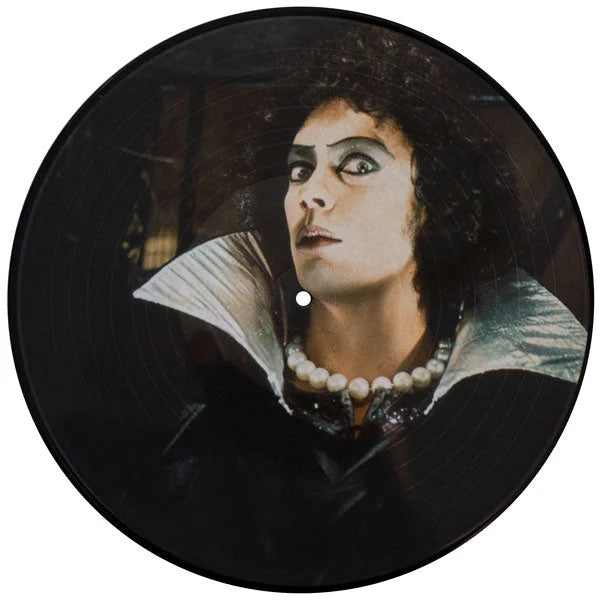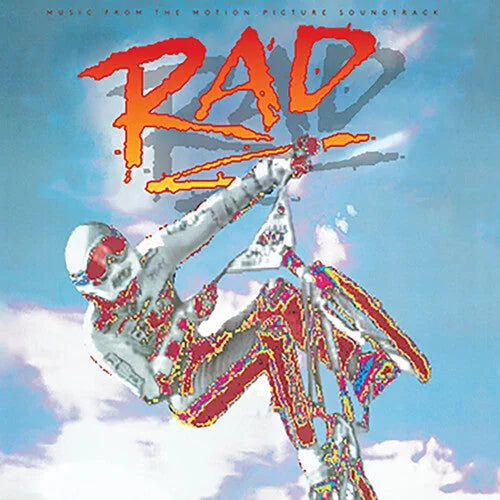Vinyl collecting has undergone a significant transformation with the advent of the digital age. Gone are the days when the only way to acquire vinyl record albums was through physical browsing in brick-and-mortar stores. Today, online vinyl record stores have revolutionized the way enthusiasts access these. These platforms offer a vast, accessible archive spanning various genres and eras, making it easier to find both popular and obscure releases. This digital shift broadens the scope of available records and introduces a global market where collectors worldwide can connect.
The Best Online Record Stores for Rare Vinyl
Trusted Websites for Vinyl Records
When looking to buy vinyl online, there are a few key websites that stand out for their reliability and excellent selection. Vinyl.com is a gold mine for collectors due to its comprehensive database and community-driven marketplace. It allows users to explore vast collections of vintage vinyl albums, including limited editions and pressings rarely seen in conventional stores.
Independent Online Record Shops Worth Exploring
These shops often offer a more personal touch, with curated collections that reflect a deep passion for music and vinyl culture. Some sites offer a subscription model featuring exclusive collectible vinyl records and special pressings. Shops like these are perfect for those who cherish the story behind each album as much as the music itself. They not only foster a close-knit community but also guarantee that you’re getting something truly unique.

Specialty Stores for Exclusive and Limited Releases
If you’re chasing the thrill of snagging exclusive vinyl releases or limited edition pressings, certain specialty stores should be on your radar. These stores often collaborate directly with artists and labels to produce vinyl that can’t be found elsewhere. These are essential stops for anyone serious about securing the most sought-after pieces for their collection.
Where to Buy Vinyl
Spotting Authentic Listings and Avoiding Scams
One of the most effective ways to determine a seller’s credibility is by examining their feedback and ratings. A seller with a long history of positive reviews is more likely to be trustworthy than one with little to no track record. Also, requesting detailed photos of the vinyl, sleeve, and any included extras can help confirm the condition of the item. High-quality images showing the record’s label, spine, and any inserts provide a clearer picture of what you’re purchasing. Another crucial step is verifying catalog numbers. Buyers should also be cautious of listings with unusually low prices. If a deal seems too good to be true, it probably is—especially with rare or high-demand records. Counterfeit vinyl pressings are common, and scammers often lure buyers with unrealistic prices. To further safeguard your purchase, always use secure payment methods that offer buyer protection, such as PayPal or credit cards.
Leveraging Social Media Marketplaces for Rare Finds
The digital age has transformed how collectors find rare vinyl records, with social media platforms for vinyl collectors emerging as powerful tools for sourcing unique pressings and hidden gems. By leveraging specific tactics, collectors can maximize their chances of securing valuable records before selling them to other buyers.
- Join Specialized Groups: These groups are often private or require approval to join, ensuring that transactions take place within a community of genuine collectors rather than casual resellers. Facebook, for instance, has numerous record collector groups focused on specific genres, labels, or even particular pressings. Joining these groups gives collectors access to curated listings that may not be publicly available on broader marketplaces. Being part of a niche community allows members to learn about upcoming sales, participate in discussions about pressing differences, and seek recommendations from experienced collectors.
- Follow Hashtags: Searching for and following vinyl-related hashtags can lead to discovering rare records before they gain widespread attention. Platforms like Instagram, Twitter, and TikTok allow users to track hashtags such as #RareVinyl, #VinylCollectors, or #VinylFinds, which sellers use to promote their latest offerings. Some collectors even document their vinyl hunting experiences using hashtags, sharing insights on where to find hidden treasures or when new collections become available. Unlike traditional online marketplaces, where search algorithms may filter out listings, social media hashtags provide an unfiltered stream of potential finds. Engaging with posts under these hashtags—by commenting, liking, or sharing—can also help build relationships with sellers, increasing the likelihood of being notified when new records become available. Since social media posts are frequently updated, checking these hashtags regularly ensures that valuable finds are not missed.
- Engage with Collectors: Building relationships with fellow collectors can provide access to private sales, exclusive listings, and firsthand recommendations on where to find rare records. Commenting on collection posts, joining live discussions, and sharing personal vinyl finds can establish credibility within the community. Many collectors prefer to sell or trade with individuals they know rather than list items on public marketplaces, making social engagement a valuable strategy for securing deals. Direct messaging collectors or responding to “Want-to-Buy” posts can also lead to opportunities to purchase records before they are officially listed for sale. Active participation in discussions about pressings, sound quality, or record care further strengthens connections, positioning collectors as trusted members of the community.
- Check for Regular Updates: Sellers frequently update their social media pages with new listings, limited-time sales, or collection clearances, making regular engagement essential. Turning on post notifications for trusted sellers or collector groups ensures that new records are seen as soon as they are listed. Some collectors also organize live auctions or flash sales, where rare items are sold at competitive prices within a short timeframe. Keeping an eye on these events can lead to unexpected opportunities to acquire sought-after pressings. Some sellers post "story sales" on Instagram or Facebook, where records are available for a limited period before removal. Setting aside time daily to browse updates can significantly increase the chances of securing rare finds.
- Negotiate Privately: Negotiating outside of public comment sections increases the likelihood of securing a better deal and prevents other potential buyers from jumping in with higher offers. Approaching negotiations professionally—by asking about pressing details, offering fair counter-prices, and expressing genuine interest—can lead to successful transactions. Some sellers may also have unlisted records and may be willing to provide additional deals when contacted privately. When negotiating, being respectful and prompt in responses ensures a positive interaction, increasing the chances of building long-term relationships with reliable sellers.
Using social media to hunt for rare vinyl requires a proactive approach, blending research, engagement, and strategic timing. Unlike traditional marketplaces, where transactions are often impersonal, social media provides a dynamic and interactive experience, making vinyl collecting even more rewarding.
How to Authenticate Rare Vinyl Records
Understanding Matrix Numbers and Pressing Details
Matrix numbers, those inscriptions etched into the run-out groove of a record, are crucial for verifying the authenticity of rare vinyl records. These numbers can tell the story of where and when a record was pressed, which is vital for confirming its legitimacy and value. Seasoned collectors use matrix numbers to distinguish original pressings from reissues or fakes. Pressing details like the weight of the vinyl, the texture of the cover, and the color of the label are indicators of a record's era.

Identifying Label Variations and Misprints
When collecting vinyl records, identifying label variations and misprints can be crucial in determining a record’s rarity and potential value. Here’s how to identify and understand their significance:
- Examine the Label Artwork: Differences in color tones, font size, or even minor layout shifts can indicate a label variation. Some early pressings contain typos, misaligned text, or incorrect track listings, which are later corrected in subsequent pressings. These mistakes, often overlooked at the time, can make early versions more desirable. Using a magnifying glass or high-resolution images can help detect subtle variations that may not be noticeable at a glance. Understanding these inconsistencies requires comparing your record’s label to confirmed standard pressings. Resources like Discogs, Goldmine, or dedicated collector archives provide side-by-side images of official releases, making it easier to spot deviations.
- Check for Historical Accuracy: A critical factor in assessing label authenticity is ensuring the design aligns with the album's original release era. Record labels frequently updated their branding, logos, and formatting, meaning a mismatch could indicate an unauthorized release or a later reissue. A label variation from the 1960s should reflect that decade's typography and logo styling, not a modernized version. Researching the correct design used at the time of release helps collectors determine whether their record is an original pressing or a reissue. Authentic historical labels often include specific details such as catalog numbers, copyright text, and pressing plant codes, all of which should match the known specifications of a particular release.
- Research Known Variations: Some records have well-documented variations that collectors actively seek out. These may include changes in label color, different placements of text, or specific printing errors. Famous examples include The Beatles’ Revolver, which had a label variation in its initial UK pressings, and Bob Dylan’s Blonde on Blonde, which featured incorrect track listings in some early versions. Identifying whether a label variation is part of a recognized series helps determine its legitimacy. Online databases, music forums, and price guides often list detailed information about known variations. If you find a unique label feature that isn’t widely documented, it’s essential to verify it against multiple sources before assuming it is rare.
- Consult Collector Forums: Many long-time collectors have seen thousands of records and can immediately identify authentic oddities versus common printing inconsistencies. Collector forums, such as those on Discogs, Steve Hoffman Music Forums, or Reddit’s vinyl communities, often feature in-depth discussions on label differences. These platforms allow users to compare images, ask questions, and receive feedback from knowledgeable enthusiasts. Record fairs and conventions provide opportunities to network with professionals who can personally assess label authenticity.
- Assess the Rarity: True label variations and misprints are rare, and their value depends on demand among collectors. Some variations are so minor that they do not significantly impact price, while others are highly sought after due to their uniqueness. For instance, pressing plant errors that led to reversed or incorrect labels are often more desirable because they were quickly corrected. However, if a variation is undocumented or appears frequently on the market, it may not be as valuable as initially thought. To determine rarity, researching past auction results, consulting price guides, and checking collector discussions can provide insight into how often a variation appears. Records with genuine and well-documented label differences tend to be listed at higher prices, especially from a major artist’s limited early pressings.
While some differences add value to a record, others may simply be minor production inconsistencies. Investing time in learning about these distinctions will enhance your ability to build a well-curated and valuable vinyl collection.
Checking Provenance and Seller Reputation
Before finalizing any purchase, it’s important to check the provenance of the item and the reputation of the seller. Provenance, or the record’s ownership history, can provide confidence in its authenticity, especially for highly sought-after items. A reputable seller should have a transparent history of transactions and positive feedback from buyers.
Strategies for Finding Valuable and Collectible Vinyl
Tracking Market Trends and Price Fluctuations
To stay informed, collectors should utilize tools like price tracking software, which monitors auctions and sales across multiple platforms and provides data on price trends and record values. This information is crucial for deciding when to buy a piece to add to your collection or to sell an item from your holdings. Understanding these trends can help you make informed decisions and potentially profit from your collection.
Using Search Filters and Alerts
The best record stores provide robust search functionalities that can help you pinpoint exactly what you're looking for. By setting up search filters and alerts, you can be immediately notified when a desired record becomes available. This is particularly useful for rare albums appearing sporadically and selling quickly. Detailed search criteria include artist name, album title, press year, and even song titles or record conditions. Efficient use of these tools significantly increases your chances of obtaining rare pieces before others snap them up.
The Growing Popularity of Subscription Vinyl Services
Subscription services have emerged as a popular trend among vinyl enthusiasts, offering a curated selection of records delivered regularly to subscribers. These cater to a range of tastes, from indie and alternative to classic rock and jazz, often including exclusive pressings not available elsewhere. This model is beautiful for new collectors, allowing them to discover music and gradually build a diverse collection. It also supports artists and labels by providing a steady outlet for their vinyl releases.

Digital crate digging requires patience, diligence, and a strategic approach. By leveraging the right tools and resources, you can enhance your ability to find and acquire rare and valuable vinyl. Remember, each record you add to your collection brings its unique sound and a piece of music history to your home.
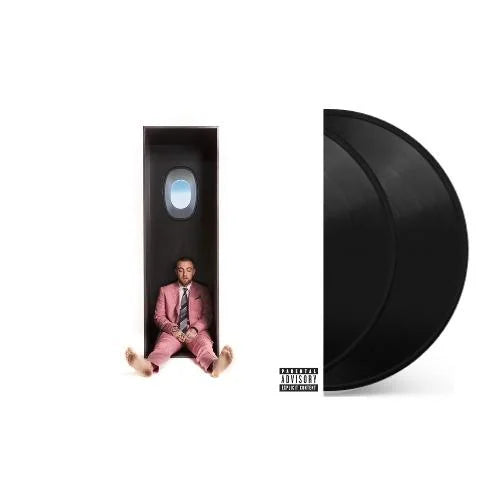
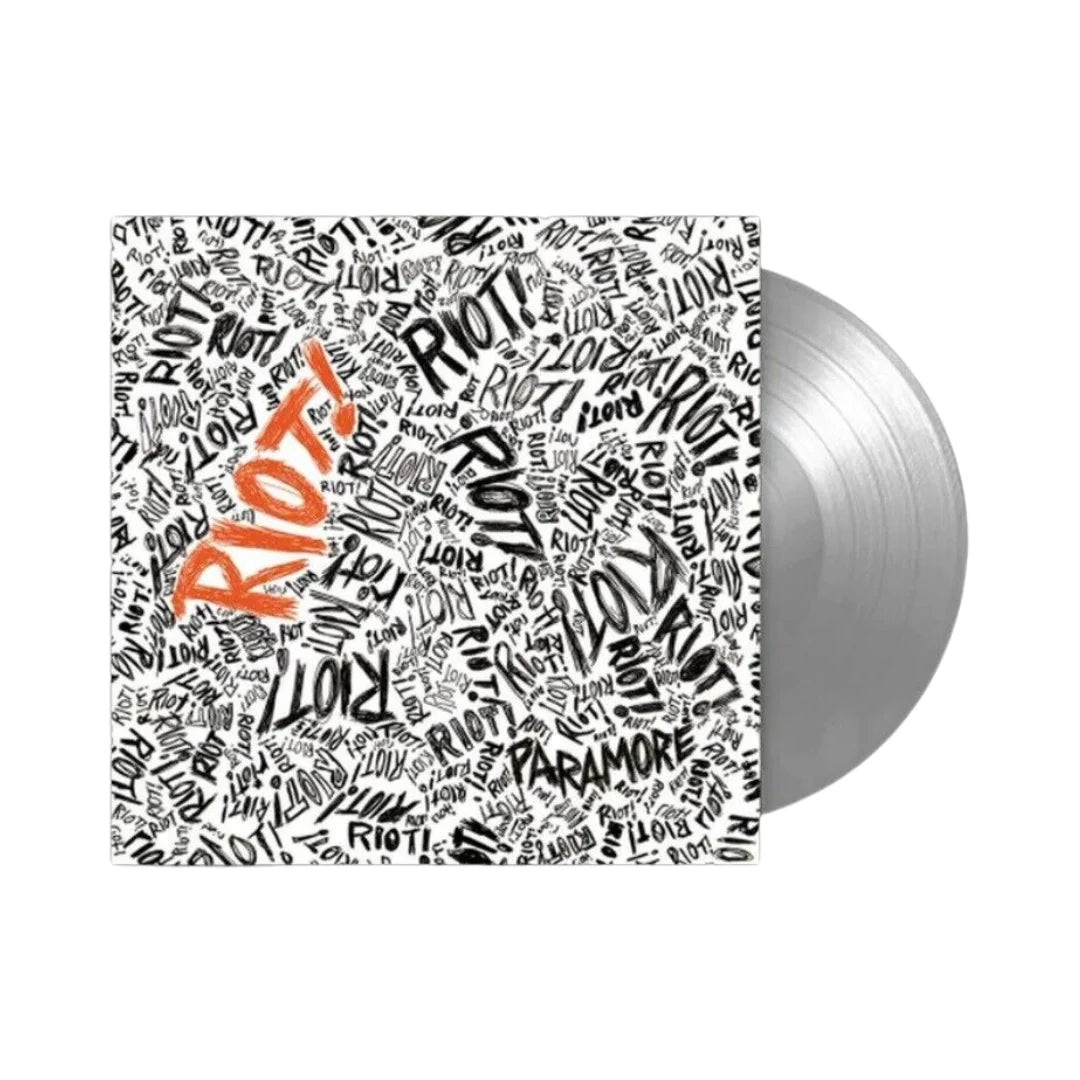

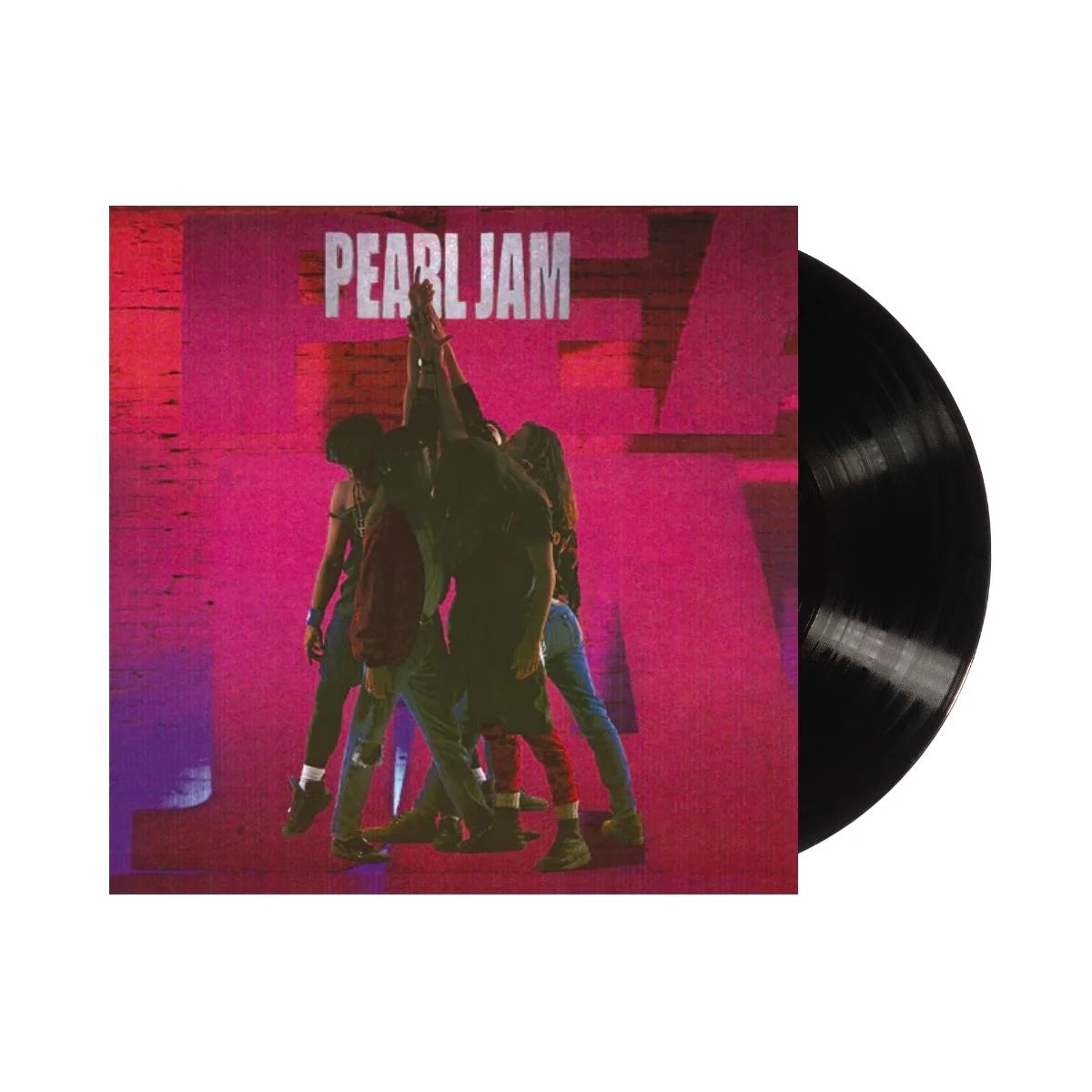
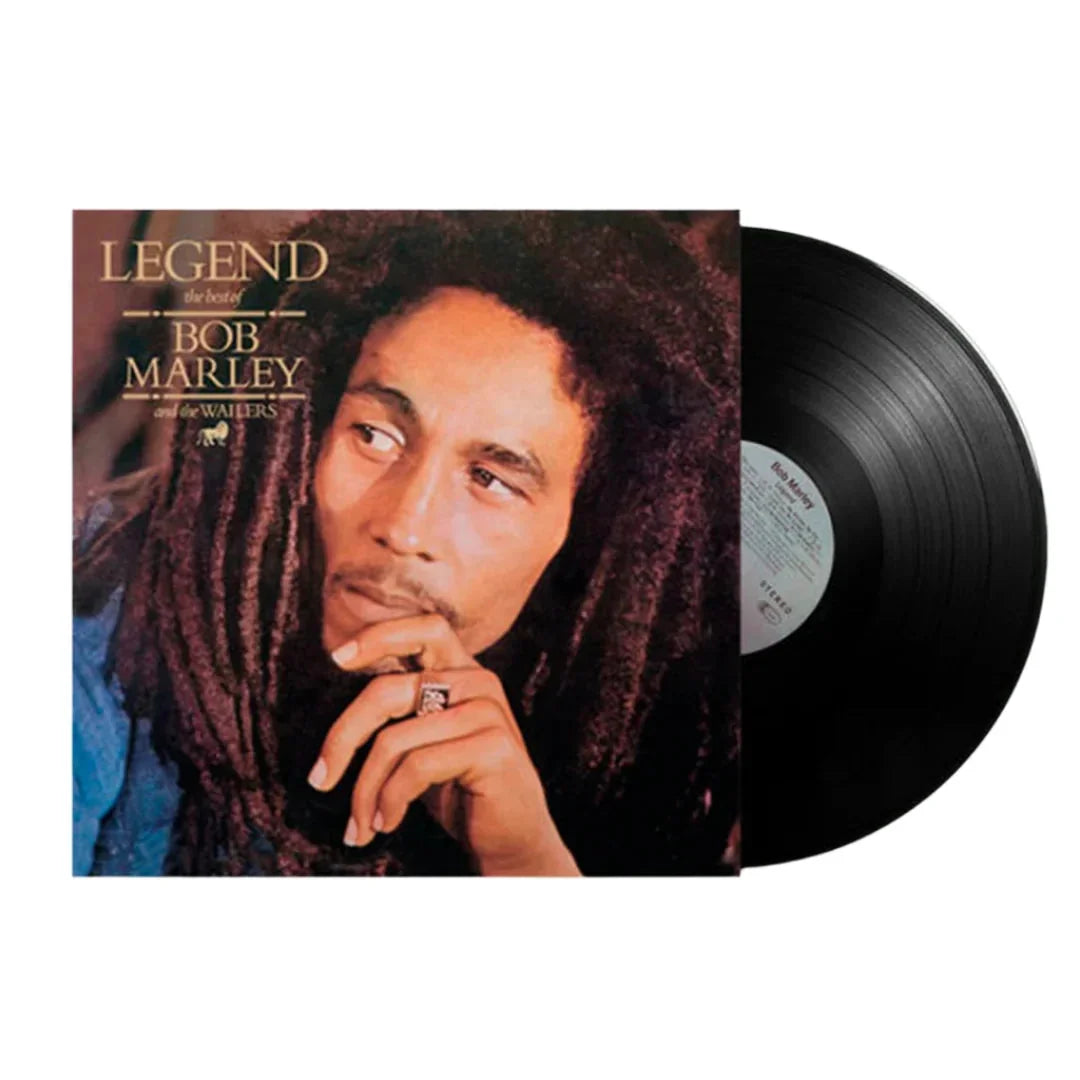
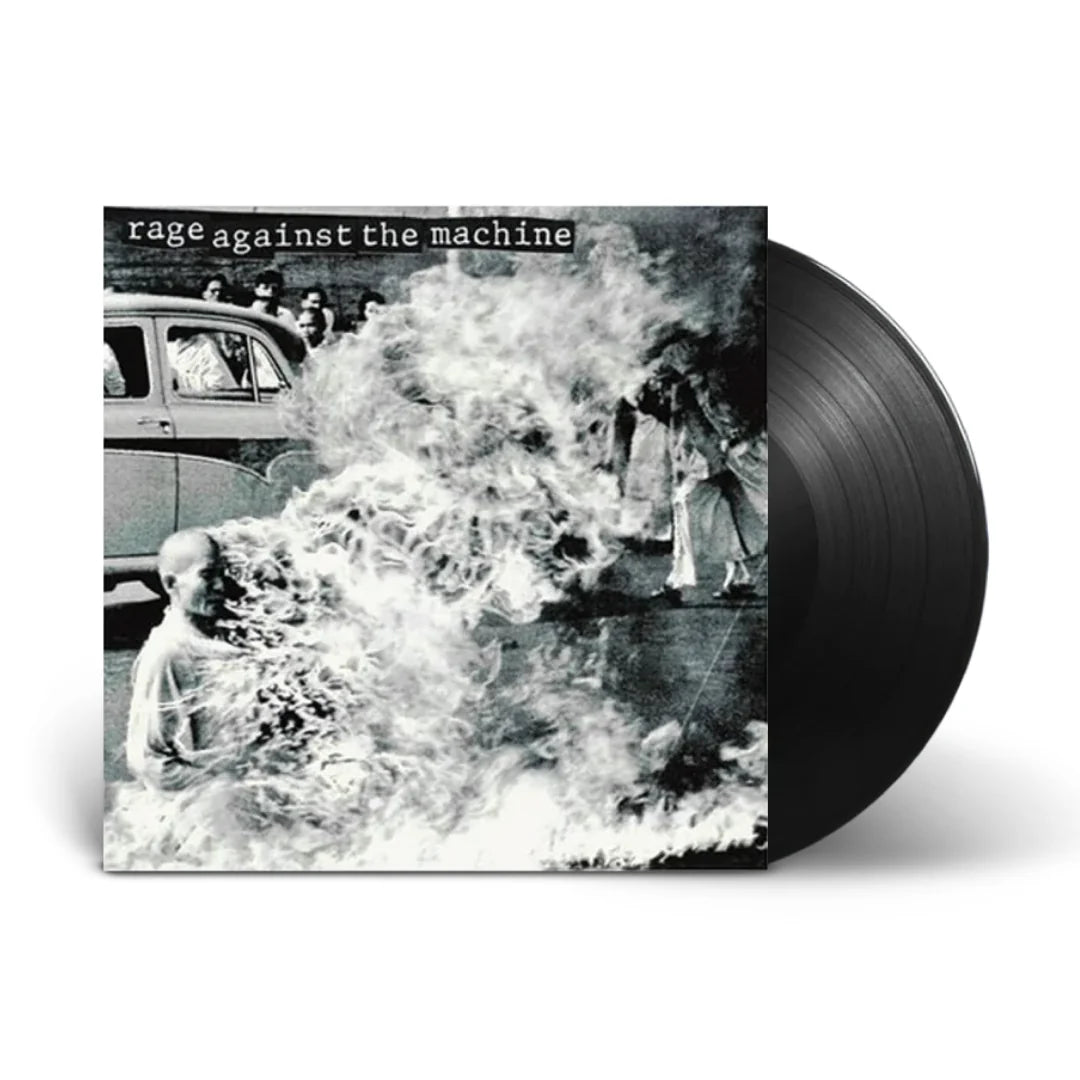


![1 Locate S - Wicked Jaw [Sky Blue]](http://vinyl.com/cdn/shop/files/4217742-2982879.jpg?v=1693273095&width=5760)

![11/5 - A-1 Yola [2LP Orange Swirl]](http://vinyl.com/cdn/shop/files/3992138-2728122.jpg?v=1684200429&width=5760)
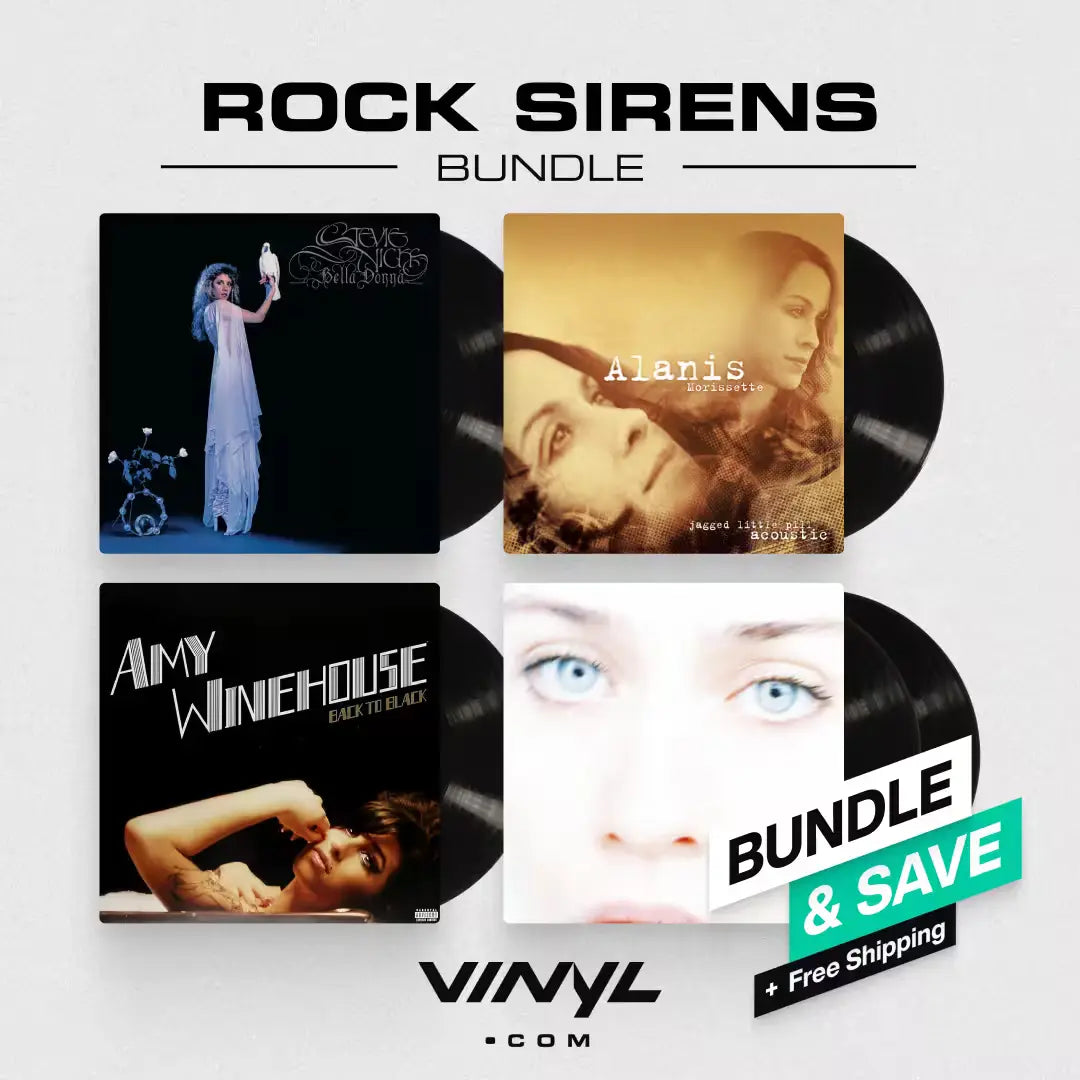

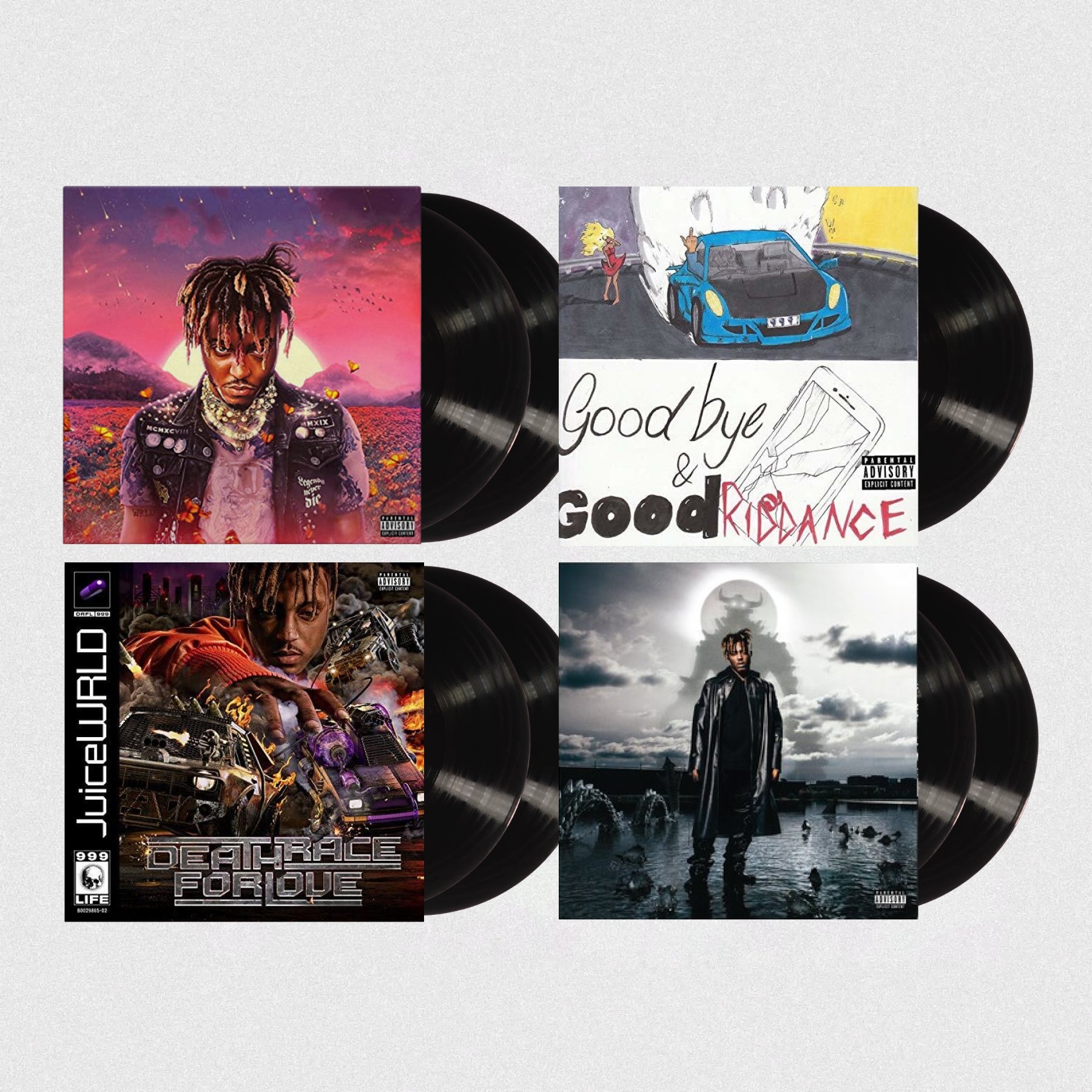
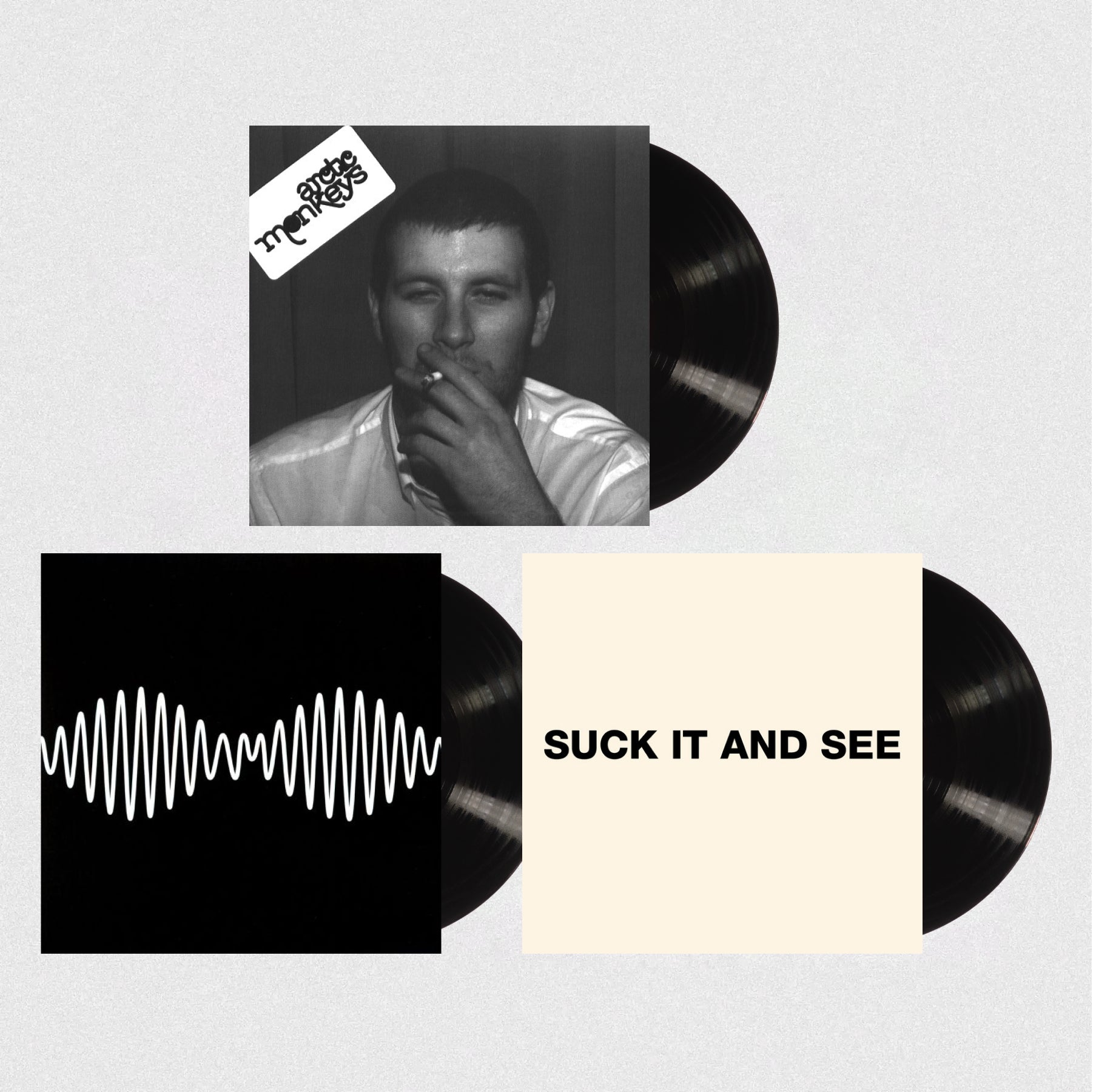
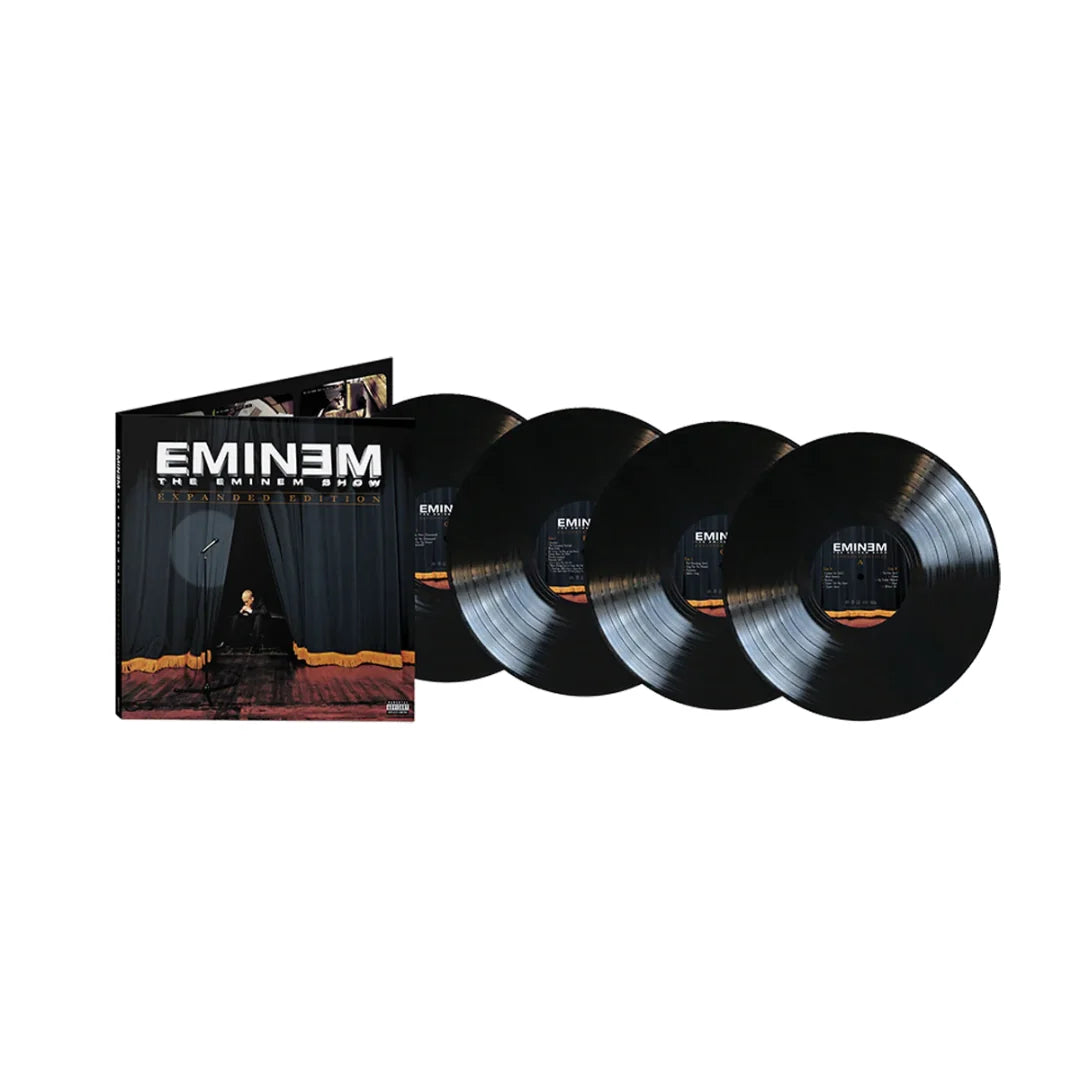
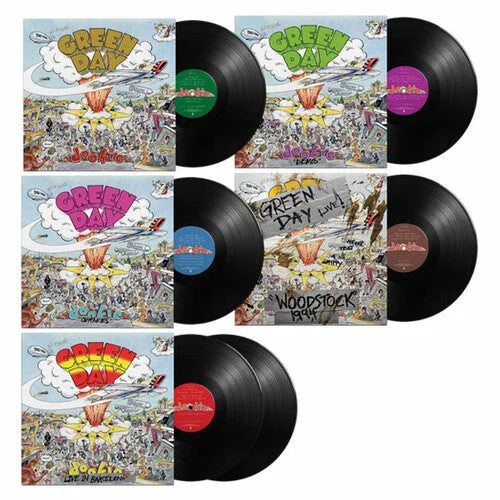


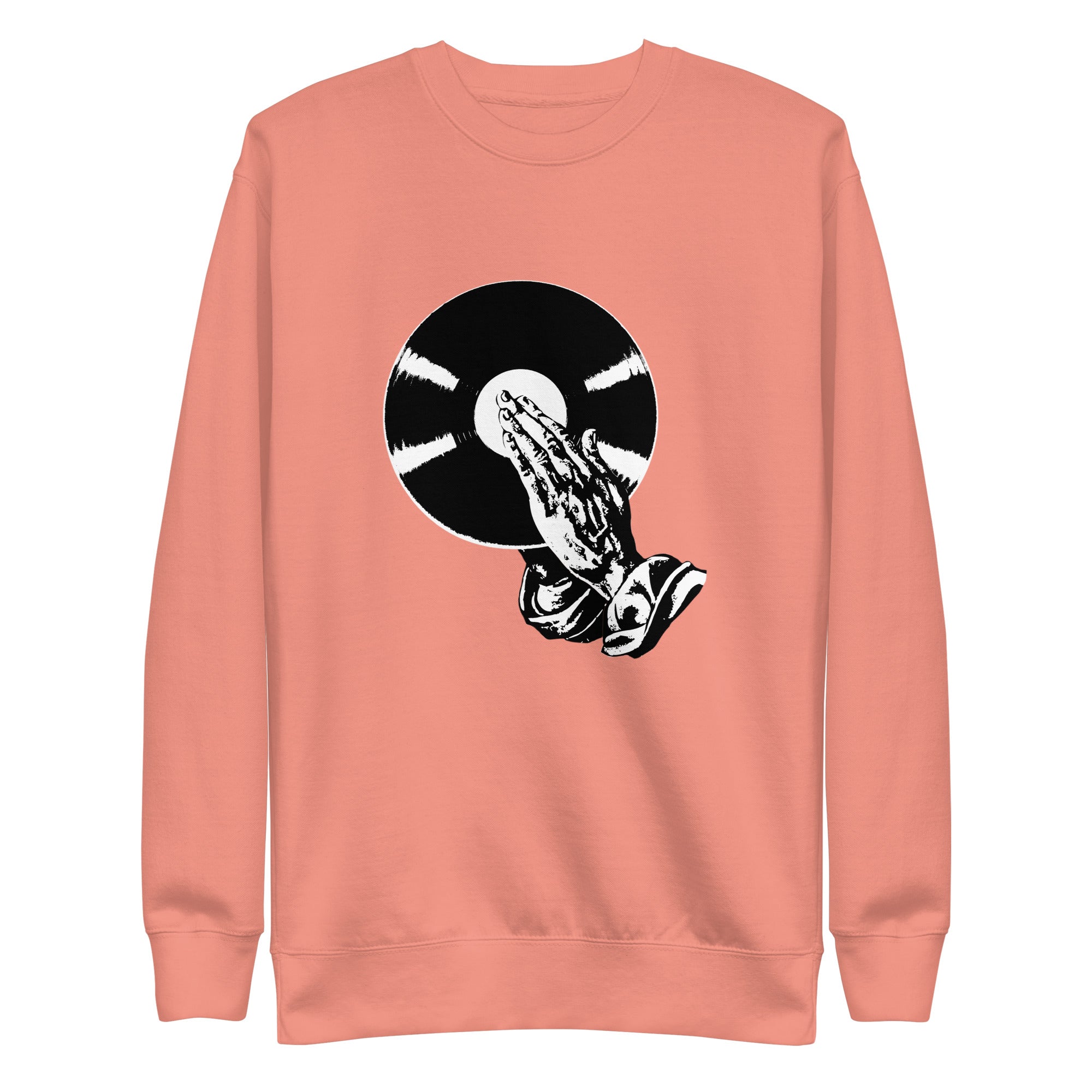
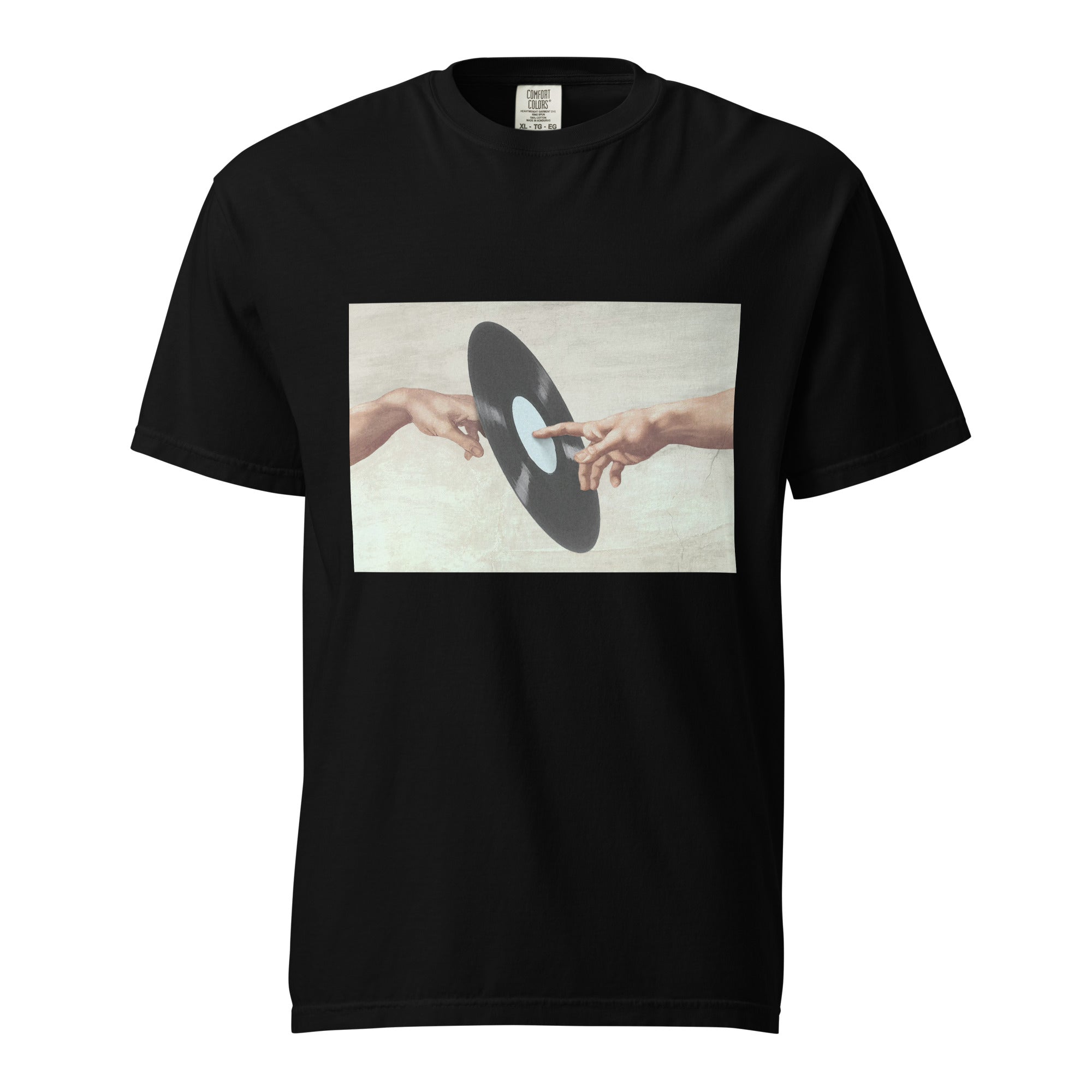
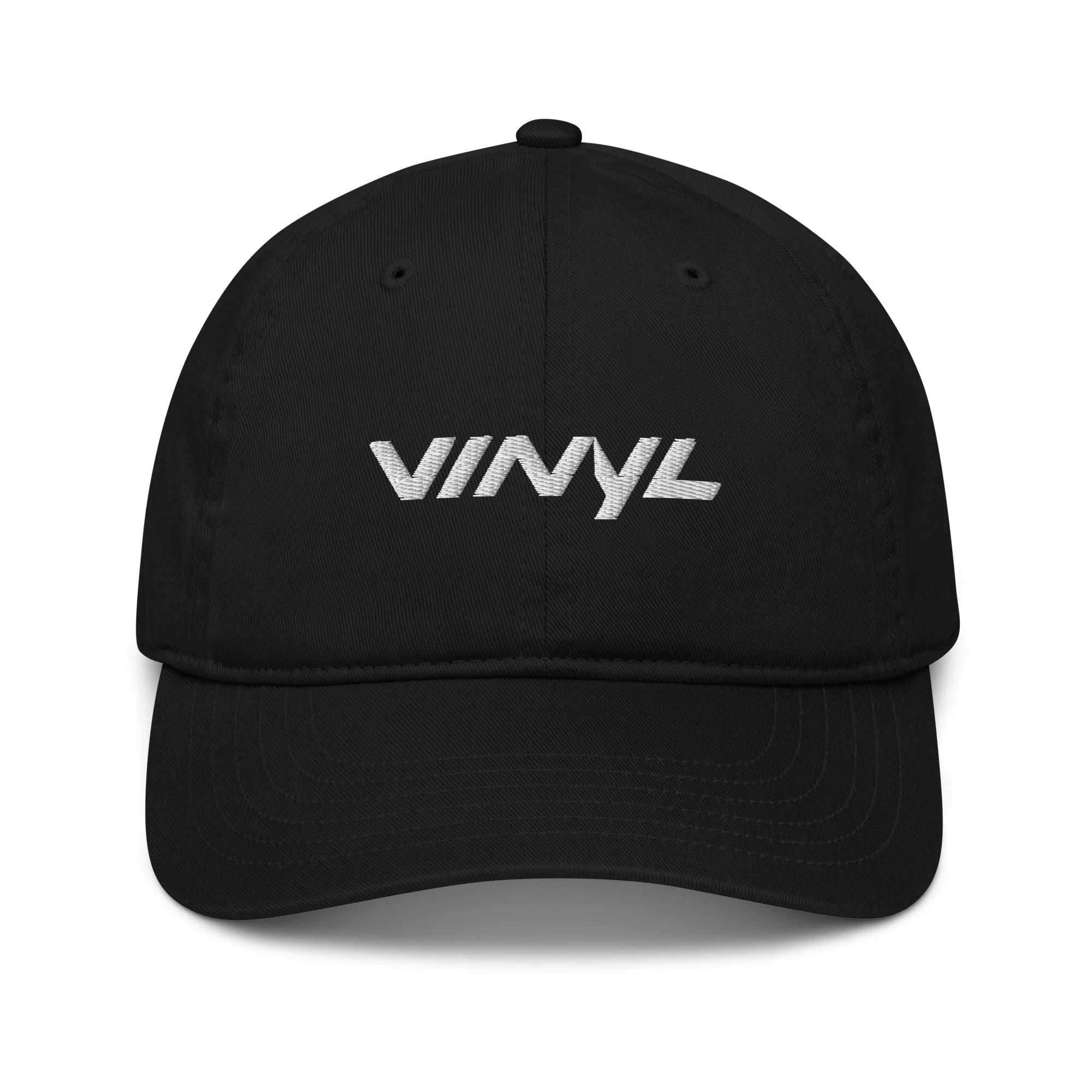
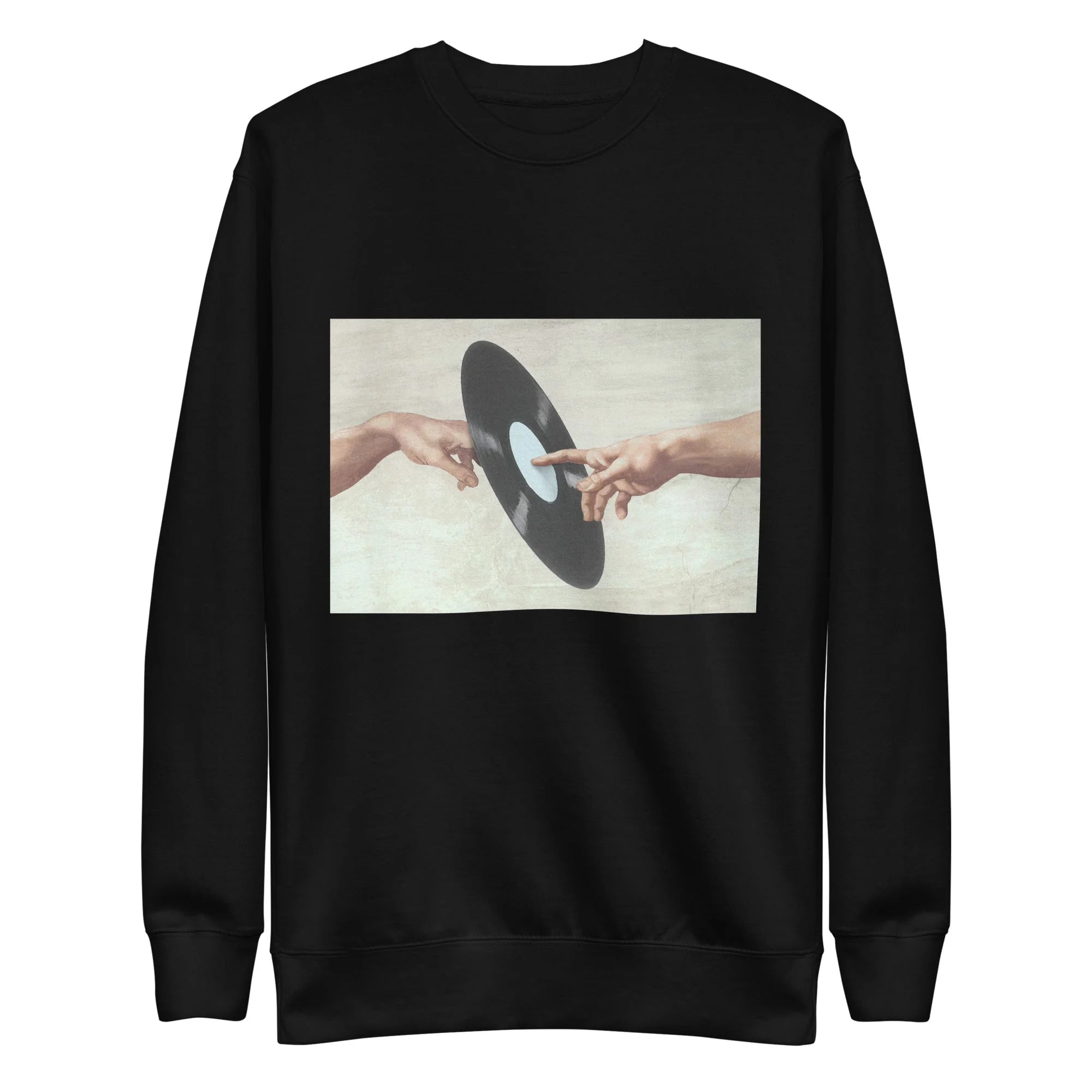
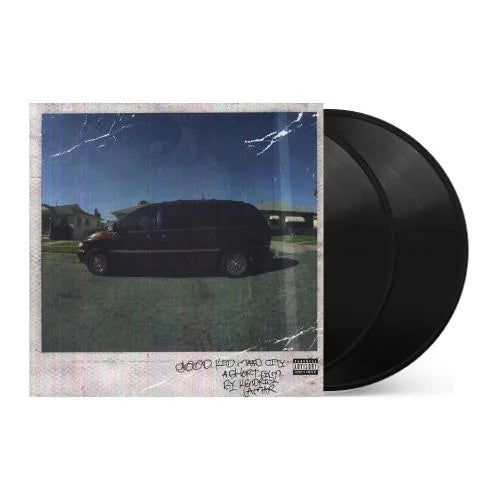
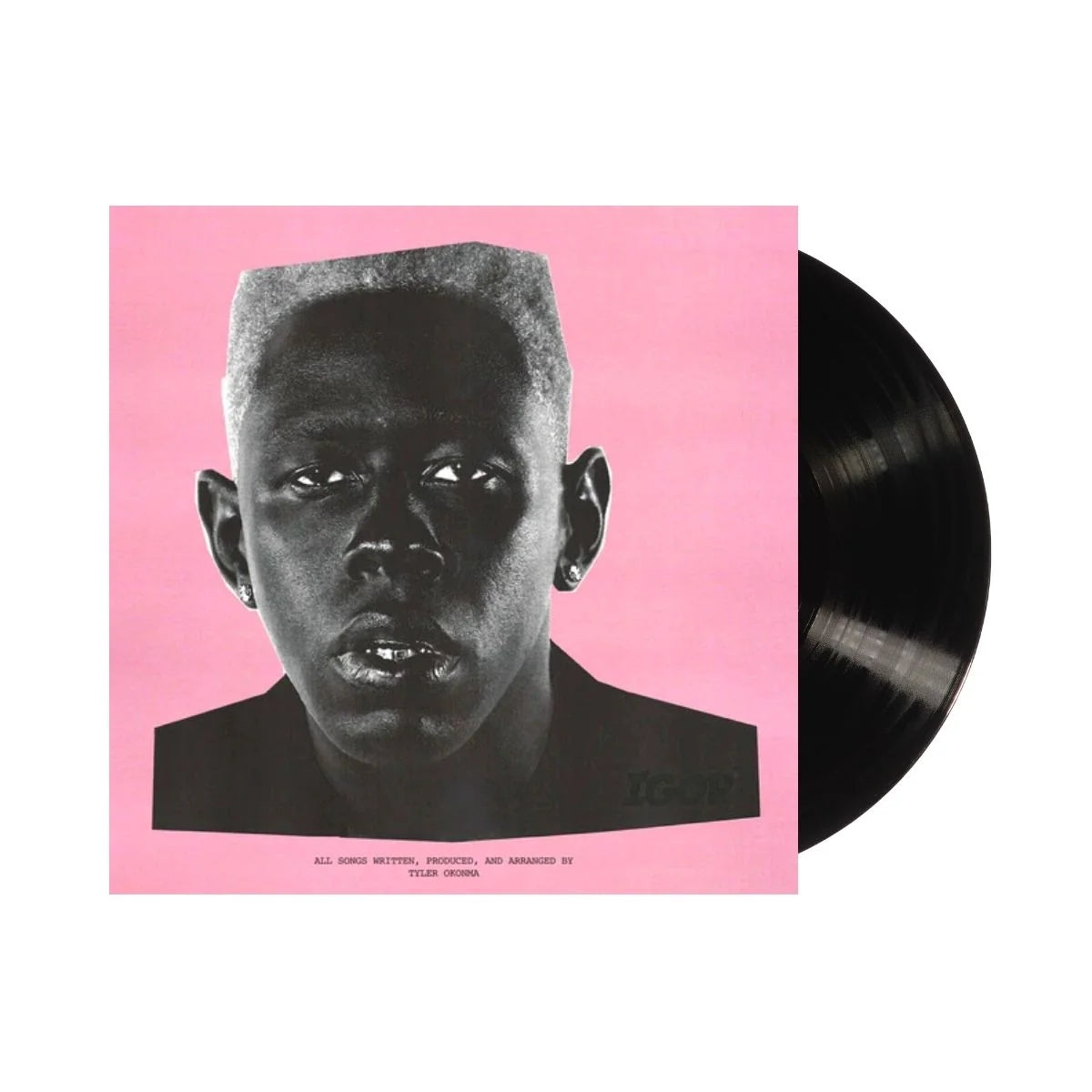
![Taylor Swift - folklore [Beige 2LP]](http://vinyl.com/cdn/shop/files/477929-Product-0-I-637317959467683009_grande_a6f82db0-1cb7-45c5-8892-ed79af261e80.webp?v=1736750683&width=5760)
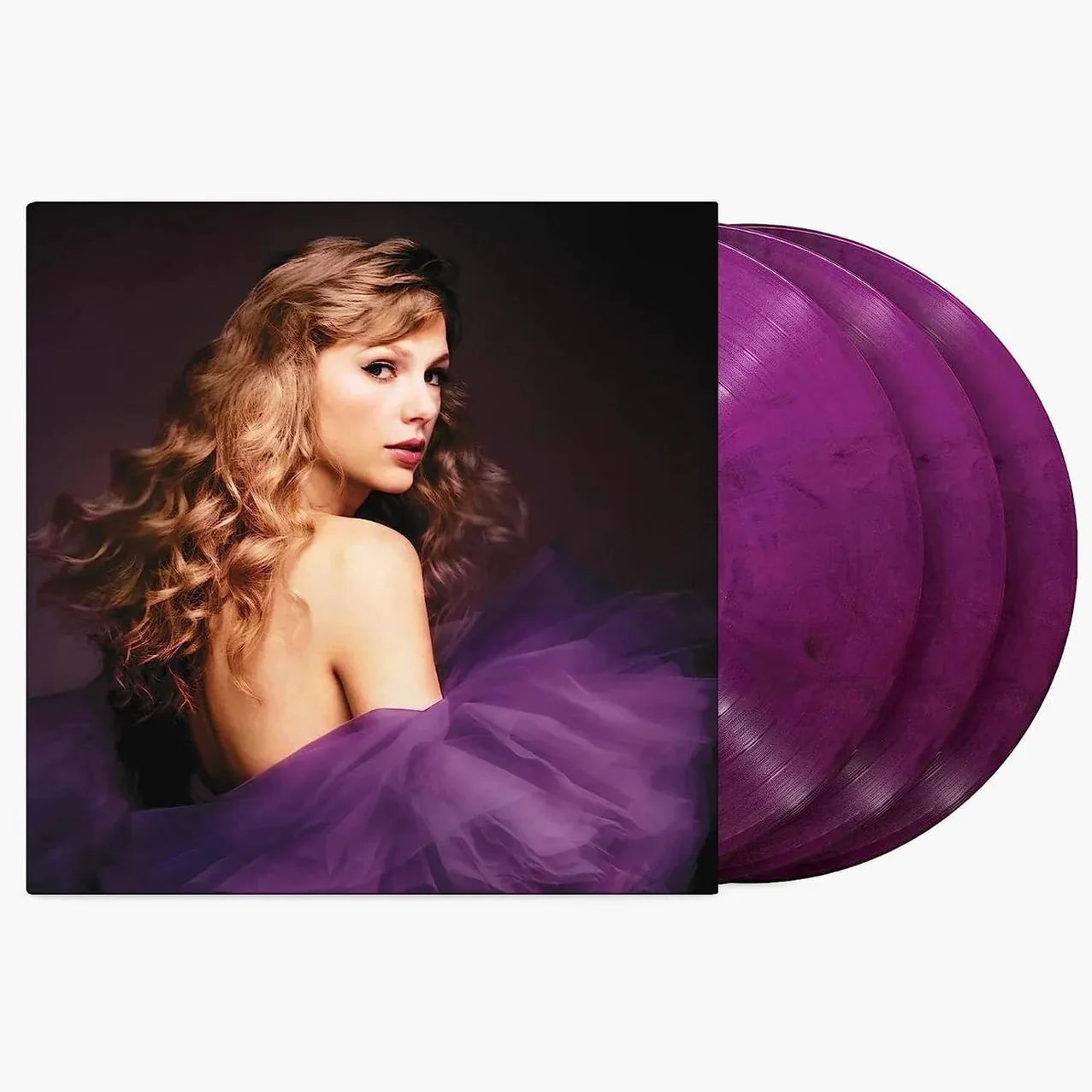
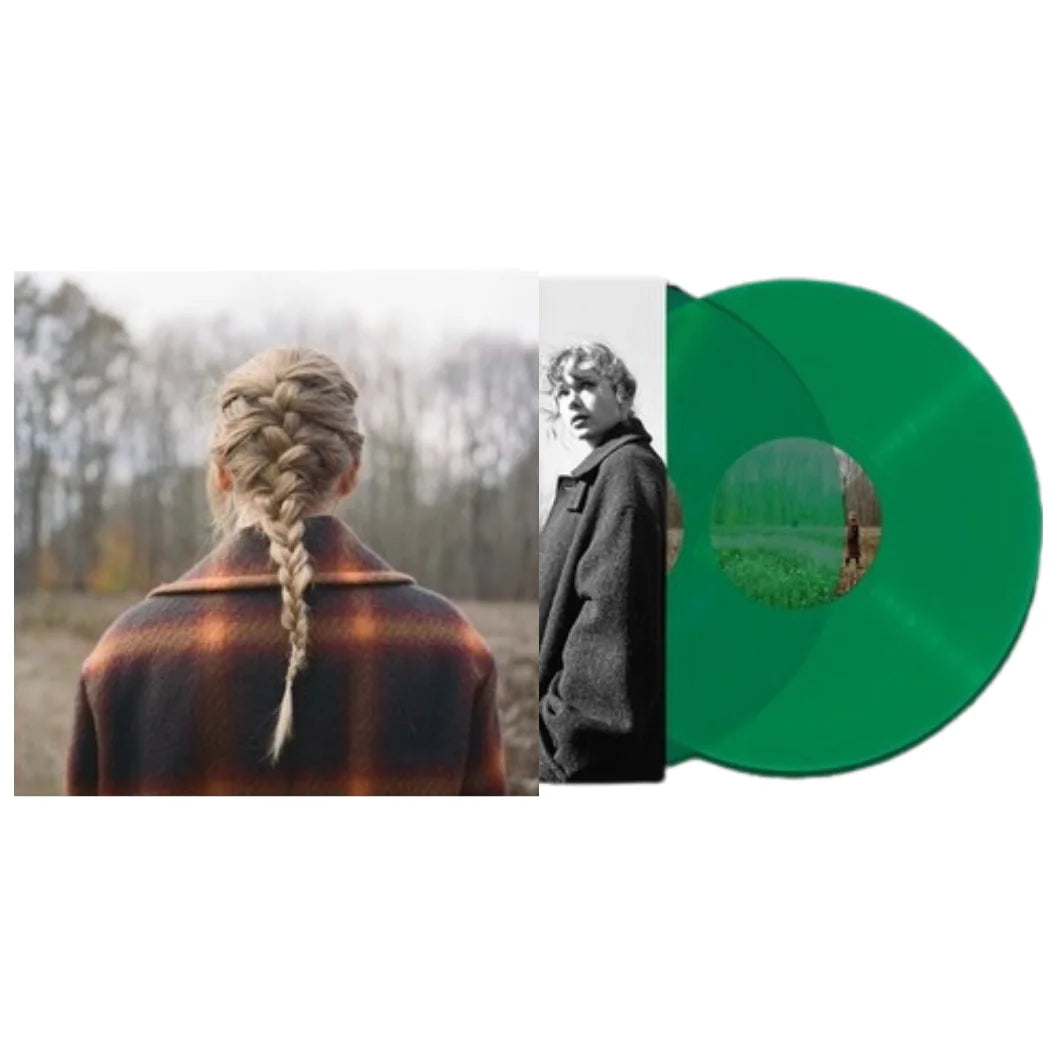
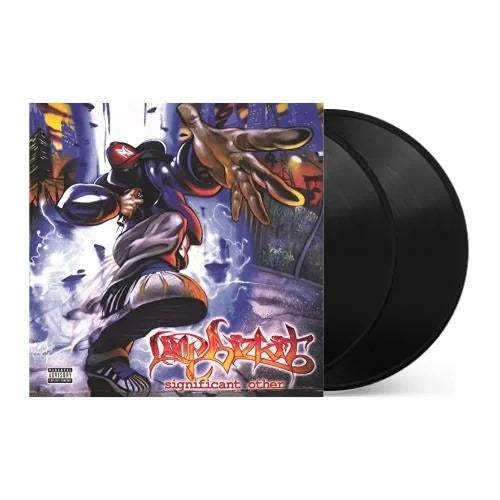
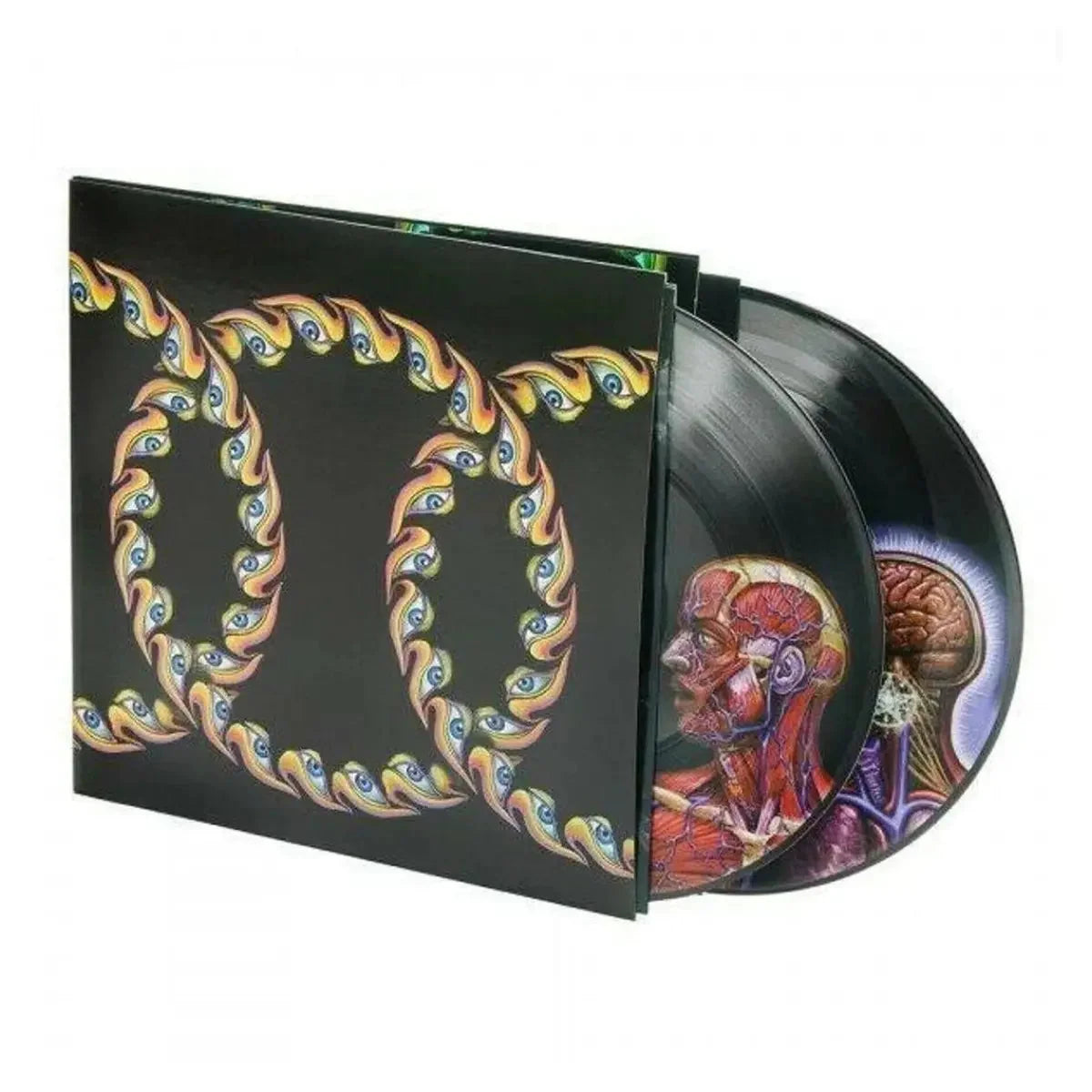

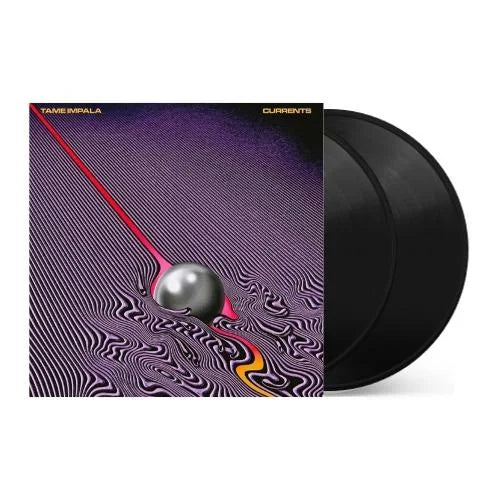
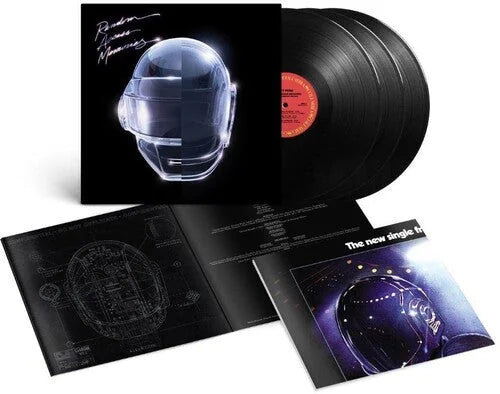

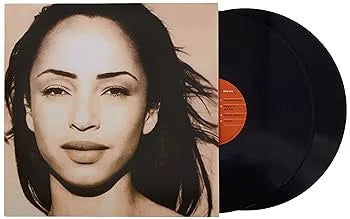
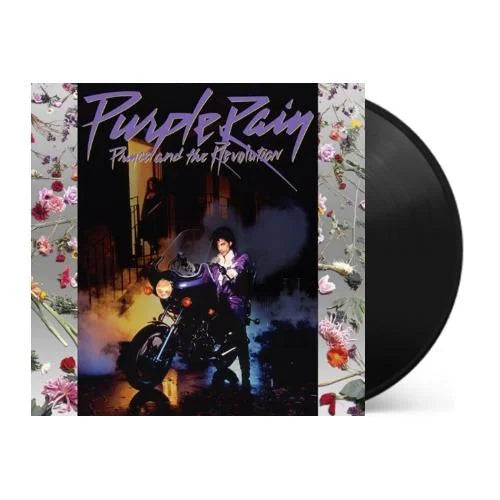
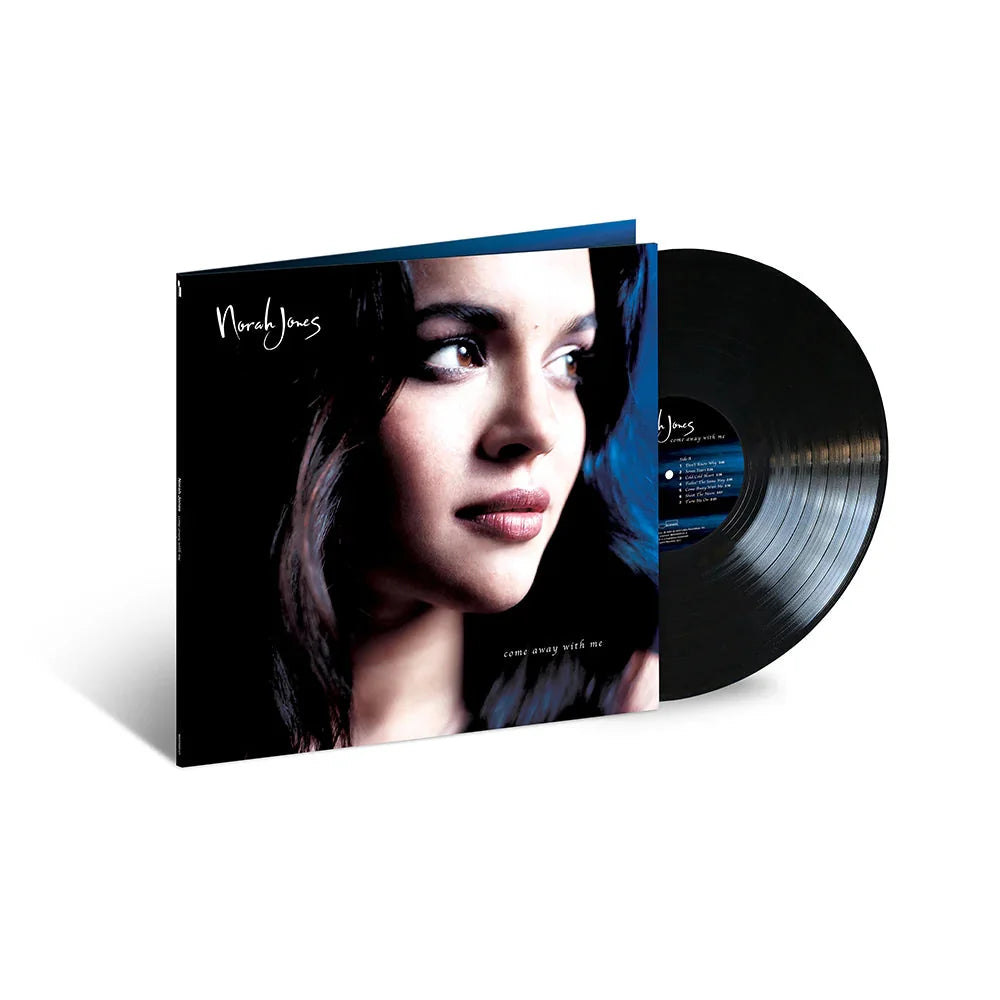
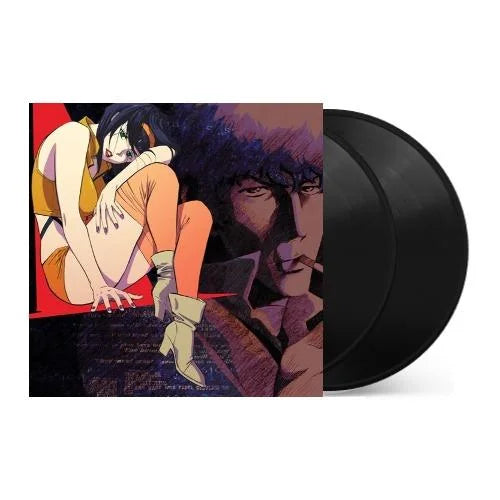

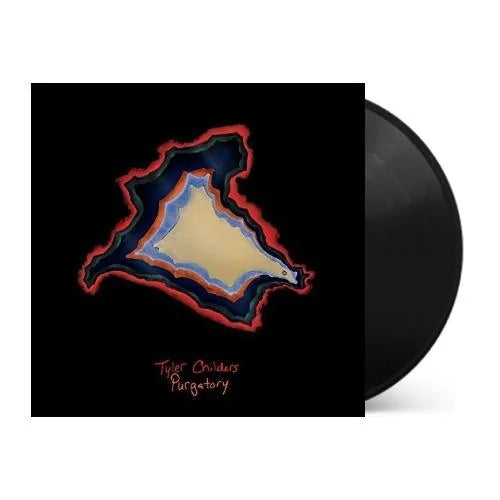
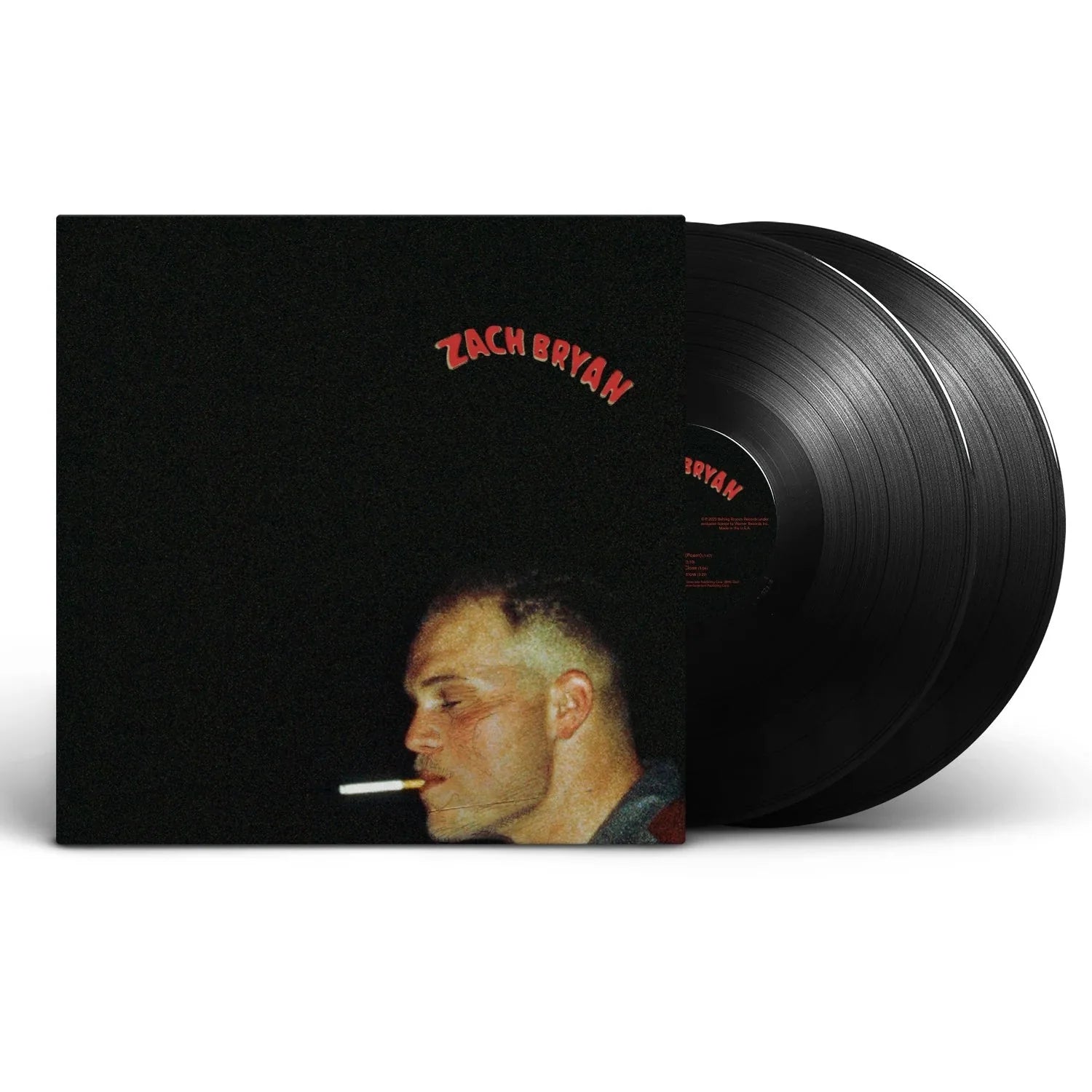
![Grace Jones - Nightclubbing [Gold]](http://vinyl.com/cdn/shop/files/4407705-3329230.jpg?v=1742429522&width=5760)
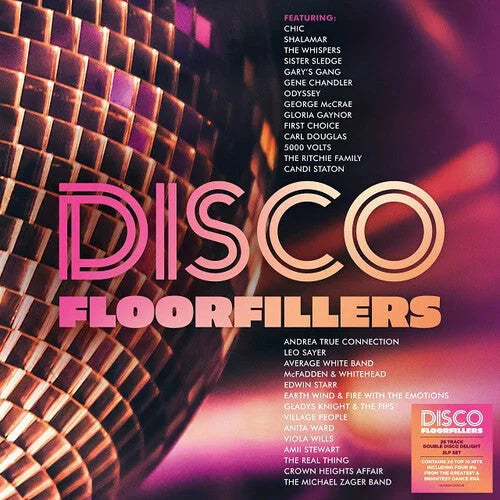

![Miles Davis - Kind of Blue [180-gram]](http://vinyl.com/cdn/shop/files/Y4LPMD03.webp?v=1742198237&width=5760)
